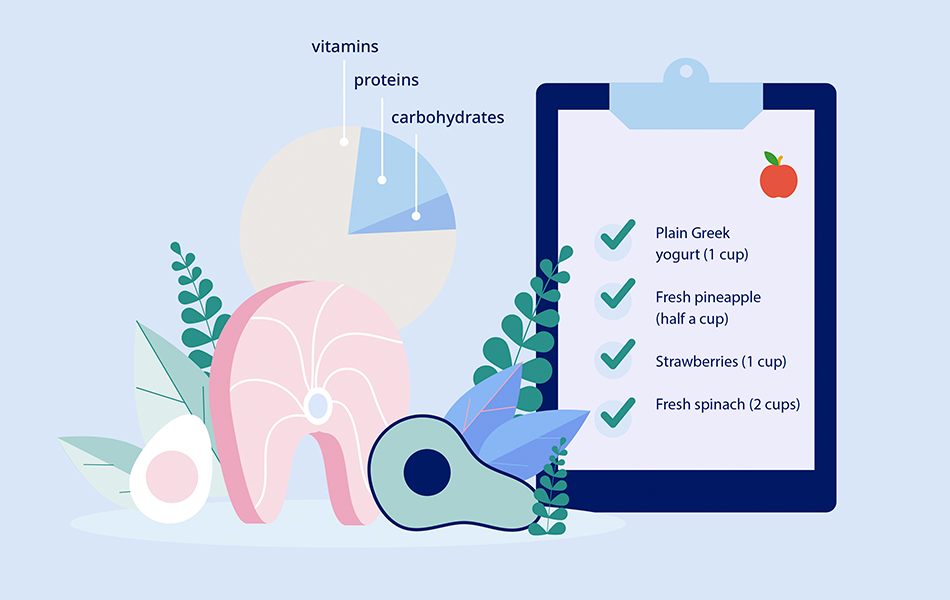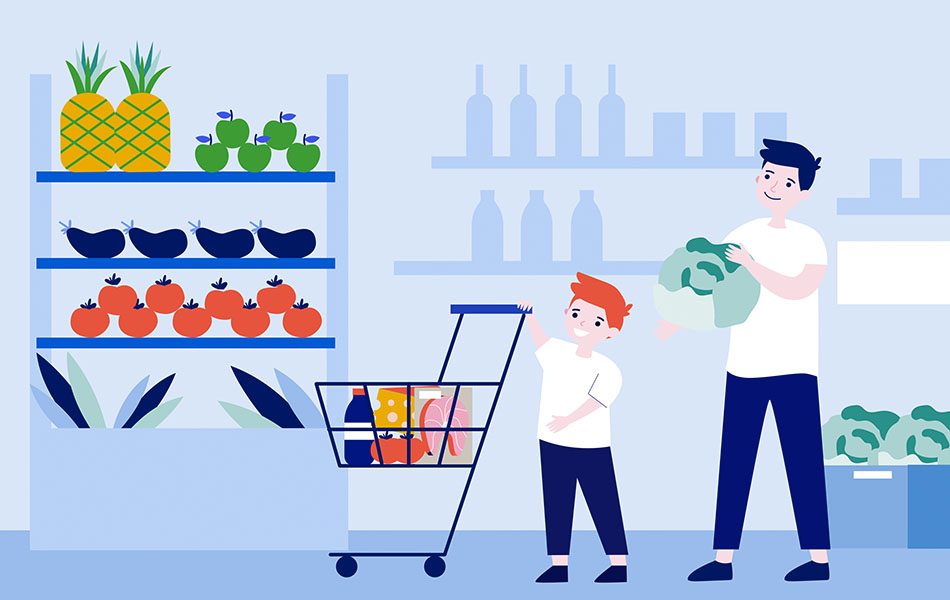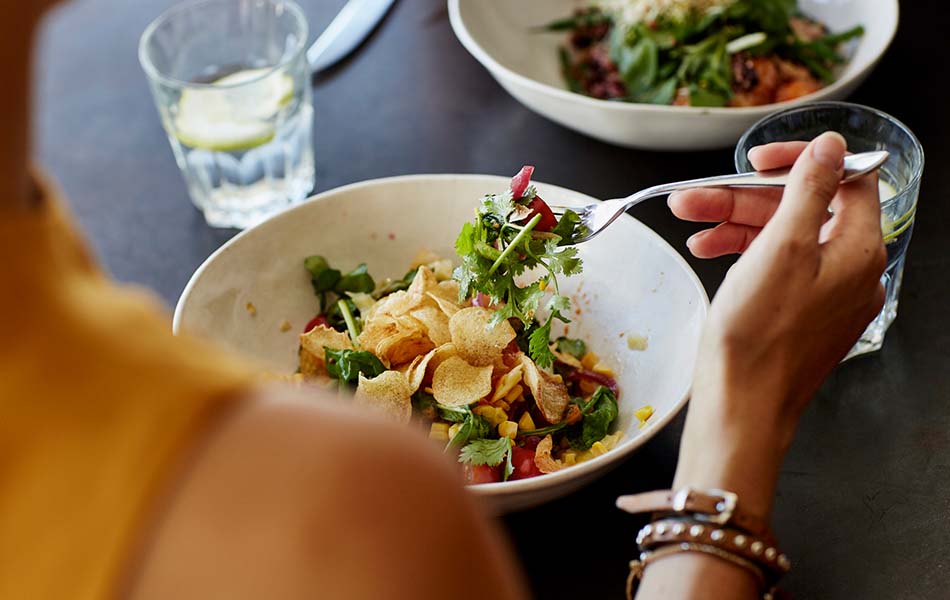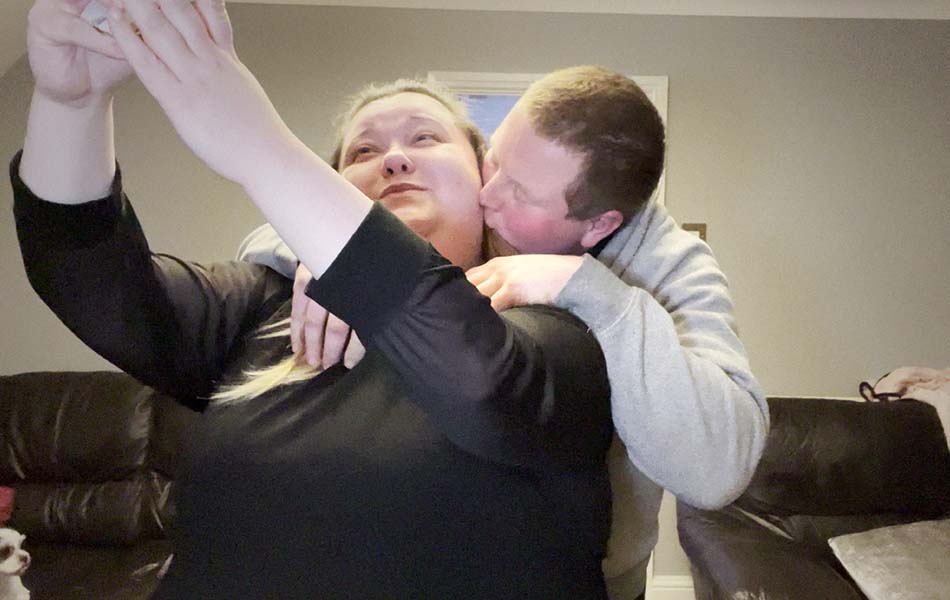
The American Diabetes Association recommends eating mostly unprocessed, non-starchy vegetables. Now and then, you can also eat whole, minimally processed carbohydrate foods such as fruits, brown rice, starchy vegetables, beans and lentils.
Many people living with type 2 diabetes find it to be a very focussing experience. At first blush, admittedly the condition may cause some doubt and confusion. But later, these often turn to clarity and understanding, which can be exciting and liberating. It’s as if the condition asks you to approach life in a manner that is both deliberate, clear-headed and well thought-out. And when you manage it, you may avoid symptoms like nausea – and get to live a full and active life. How to do that? Well, that’s what we will be exploring in this blog post.
Ask a random person living with type 2 diabetes if they’ve ever felt nauseous. Not only are they likely to answer yes. They might also point out that nausea is simply part of living with type 2 diabetes – whether you take medication or not.
Though this is true, I have found that there are things you can do to lessen its impact on your life. Maybe your random person has yet to hear and implement this advice, too.
So don’t despair and don’t consider nausea an unbudgeable limitation of your condition. Let’s get to work on preventing and alleviating it effectively, so you can focus on living your life instead.

Let’s start with something really basic: Eating and drinking. You can’t live without food and drink, so let’s find out how to live with them. And here we’re going to tap into the clear-headed and deliberate mode I described above. Let’s talk meal plans!
The reason this advice is so important is that there’s a pretty strong relationship between what we ingest and how we feel at the level of the stomach.
The best food for you achieves several things at once: It provides your body with nutrients (carbohydrates, fats, proteins, vitamins and minerals) so you can function properly. It promotes your mental health, in part because of its cultural and social dimensions. What I’m getting at is this: For many people, sitting down to eat with others is more than just an enjoyable experience. It’s critical to achieving rewarding and meaningful relationships, which in turn can offer protection against emotional problems.
Now, for those of us living with type 2 diabetes, optimal food and drink should have at least one extra property. It should avoid spiking or raising our blood glucose (sugar) – or “causing hyperglycaemia” as your healthcare professional might choose to say.
It should also avoid causing your blood glucose to drop – which your healthcare professional might describe as a “hypoglycaemic event”. Both “hypers” and “hypos”, as I like to call them, can make you feel nauseous and compromise your well-being in other ways.
Please check out this blog post for detailed advice about what to eat – and when and why.
When it comes to choosing a meal plan with a low risk of causing nausea, here’s what I would recommend:
Choose foods that are light and bland, like saltine crackers or plain bread. Avoid fried, greasy or sweet foods. And drink clear or ice-cold drinks.1

Before we get into this tip, let’s talk a little bit about another root cause of nausea.
As mentioned above, nausea is a very common symptom of type 2 disease because it’s how you may experience either hypers or hypos. However, some medication used to treat type 2 diabetes can also induce nausea.2
Usually, this happens immediately after you start on a new medication. It can also be the result of increasing the dosage. Fortunately, it tends to go away after a few weeks. It’s very seldom severe.2
If you suspect your nausea is caused by medication, then speak to your healthcare professional sooner rather than later. Don’t brush aside your discomfort by telling yourself it’s nothing to worry about or that a little nausea is inevitable. In my experience, it’s way better to be entirely open with your healthcare professional, because that’s often a shortcut to solving problems fast together. Speaking with a dietician can also be an option to consider.
Now, let’s look at shopping. Here is a charming tip I am going to borrow from Phyllisa Deroze, the author of the blog post on diet I mentioned earlier.
Ask yourself if your grandmother or great-grandmother would be able to identify the item you’re about to put into your trolley or basket. If not, there’s a good chance it’s a relatively recently developed type of food. And if that’s the case, well, then it’s almost certainly heavily processed. Processed foods tend to contain added salt, sugar, carbohydrates, fat or preservatives. Needless to say, neither of these is conducive to maintaining steady blood glucose.
When it comes to carbohydrates, the American Diabetes Association recommends eating mostly unprocessed, non-starchy vegetables. Now and then, you can also eat whole, minimally processed carbohydrate foods such as fruits, brown rice, starchy vegetables, beans and lentils.
But the ADA recommends avoiding refined, highly processed carbohydrate foods and those with added sugar. These include sugary drinks like soda, sweet tea and juice, refined grains like white bread, white rice and sugary cereal, sweets, cake, cookies, sweets and crisps.3
You’ll notice that this advice aligns quite well with the meal plan advice given previously in this blog.
The American Diabetes Association recommends eating mostly unprocessed, non-starchy vegetables. Now and then, you can also eat whole, minimally processed carbohydrate foods such as fruits, brown rice, starchy vegetables, beans and lentils.
There are few things nicer than browsing a restaurant menu full of delicious dishes that you don’t know how to make yourself, then zeroing in on the one that most appeals to you.
Here’s my advice for anyone who is worried about diabetes-related nausea when dining out. Arrive early and extend your stay a bit so that you can eat slowly. By all means, avoid rushing to finish your meal as this may induce nausea.
Another general tip is to eat smaller and more frequent meals. If you want to apply this tip on your night out in a restaurant, here’s how you can do it: Ask for a doggy bag in which to take home leftover food. Then enjoy the remaining part of the meal in the comfort of your own house later in the evening.
If you’re like me, you may even find that eating more slowly makes you feel comparatively more full! Try it out.
Here again, it pays off to be thoughtfully prepared and very deliberate about doing things in a manner that works for YOU. Don’t let the average pace and rhythms of the population force you to wolf down a meal that you can’t fully enjoy for fear of inducing nausea. It’s just not worth it.
I suppose it won’t hurt to repeat what I said in the first tip: To prevent nausea at the restaurant, go for something light and bland, not fried, greasy or too sweet. And wash it down with clear or ice-cold drinks.

An alternative title for this tip is “Keep calm, sit down and allow yourself to feel better.”
There is nothing charming or desirable about living with a periodic nausea. At best, it’s inconvenient. At worst, unpleasant and slightly anxiety-provoking, especially if you’re out and about and it catches you off guard.
What really helps me is being open and honest with my friends, family and colleagues. That way, they at least know what I’m going through. And that makes them much more likely to respond with understanding and support if I suddenly need to sit down and wait until I feel better.

Speaking of feeling better – or rather, waiting for the nauseous spell to pass – here’s what I usually do. I tell myself: Don’t panic and don’t feel embarrassed. This isn’t your fault. To some extent, it’s inevitable, so roll with the punches and remind yourself that this too shall pass.
I’ve found that it helps to sit down and have a glass of water. If you need to lie down, then do that – if you can. Check your blood glucose and focus on your breathing. This can take your mind off feeling sick. If you’re at home, I find that watching my favourite TV programme or film helps, too.
Remember, any condition comes with symptoms that have to be dealt with in some fashion. And yes, it’s annoying, but I truly believe that half the experience is your response to the symptoms – in this case nausea.
Therefore, work with your nausea, accept that that’s how you feel, acquiesce in the certainty that it will soon be over – and allow yourself to look forward to all the things and joys you are going to pursue as soon as the nausea passes.
Good luck!
January 2024 and IE23DI00211